Submarines are marvels of modern engineering, designed for stealth, power, and endurance beneath the waves. Among these, some stand out due to their immense size and capabilities. This article explores the largest submarines in the world, highlighting their unique features and specifications. Discover the might and innovation behind each of these impressive underwater vessels.
Typhoon Class (Russia)
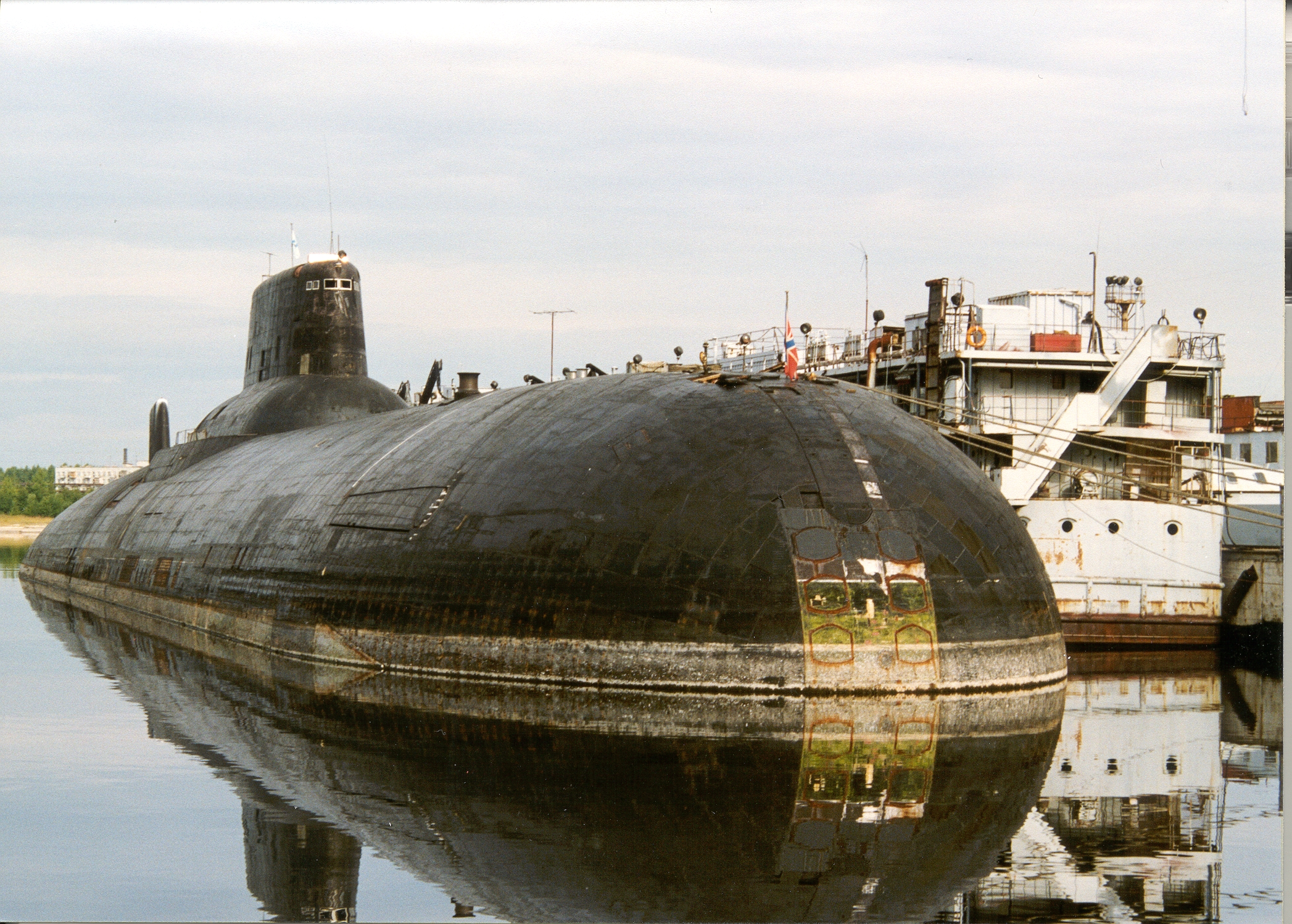
The Typhoon Class submarines were introduced by Russia in 1981. Designed by the Rubin Design Bureau, these colossal vessels became symbols of Soviet naval power. Each Typhoon submarine can accommodate a crew of approximately 160 sailors. They are equipped to carry up to 20 ballistic missiles, making them formidable strategic assets. The Typhoon Class can dive to depths of around 400 meters, showcasing their robust construction and advanced engineering. These submarines remain some of the largest ever built, reflecting the pinnacle of Cold War-era submarine design.
Ohio Class (United States)
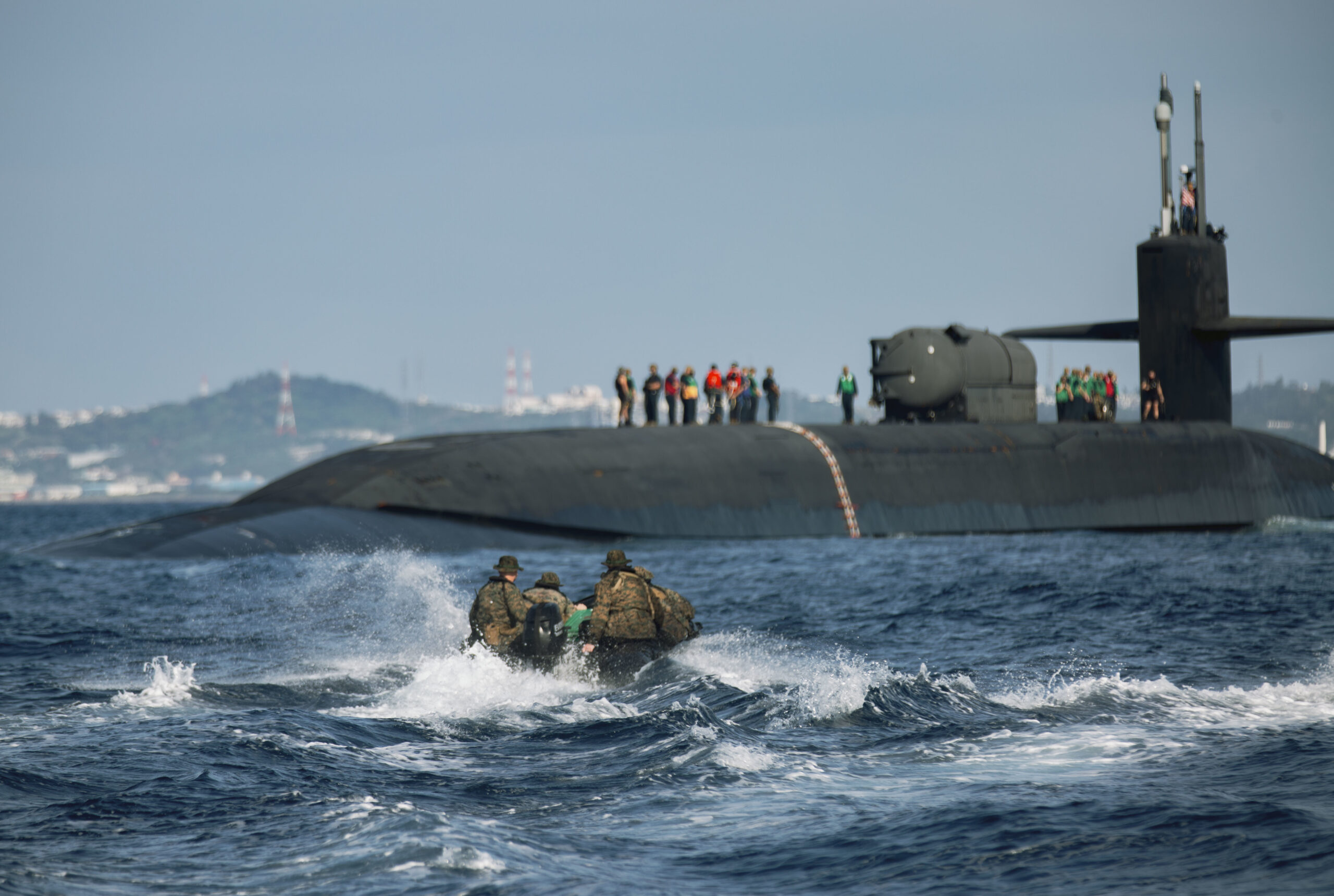
The Ohio Class submarines entered service with the United States Navy in 1981. Developed by General Dynamics Electric Boat, these submarines are a key component of the U.S. nuclear deterrent. An Ohio Class submarine typically houses a crew of 155 members. They can carry up to 24 Trident II ballistic missiles, ensuring a powerful second-strike capability. These submarines can operate at depths of up to 240 meters, balancing size with operational effectiveness. The Ohio Class remains a cornerstone of American naval strategy, combining size with advanced missile technology.
Borei Class (Russia)
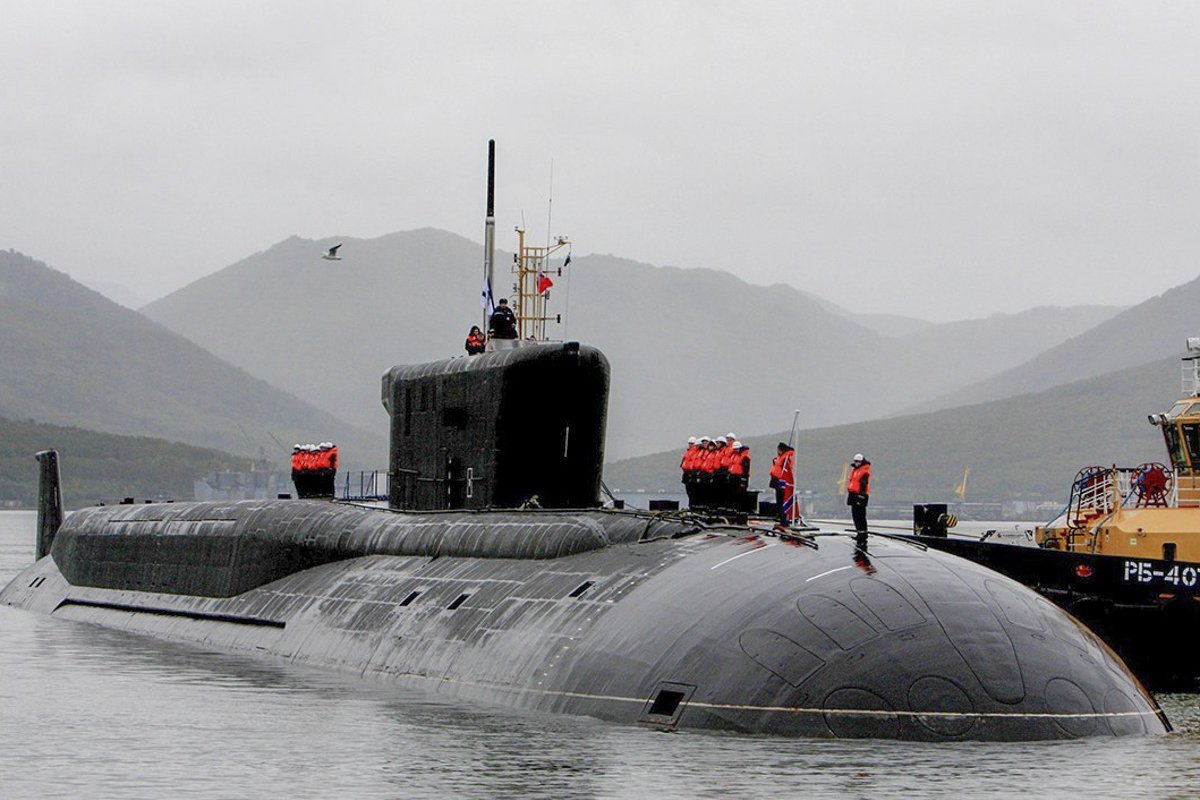
Russia launched the Borei Class submarines in 2013, designed by the Sevmash shipyard. These modern vessels serve as the backbone of Russia’s nuclear deterrent fleet. Borei Class submarines accommodate around 107 crew members. They are capable of carrying 16 Bulava ballistic missiles, enhancing Russia’s strategic strike options. With a maximum depth of approximately 350 meters, the Borei Class demonstrates significant underwater resilience. These submarines incorporate the latest technological advancements, ensuring their place in contemporary naval warfare.
Delta IV Class (Russia)
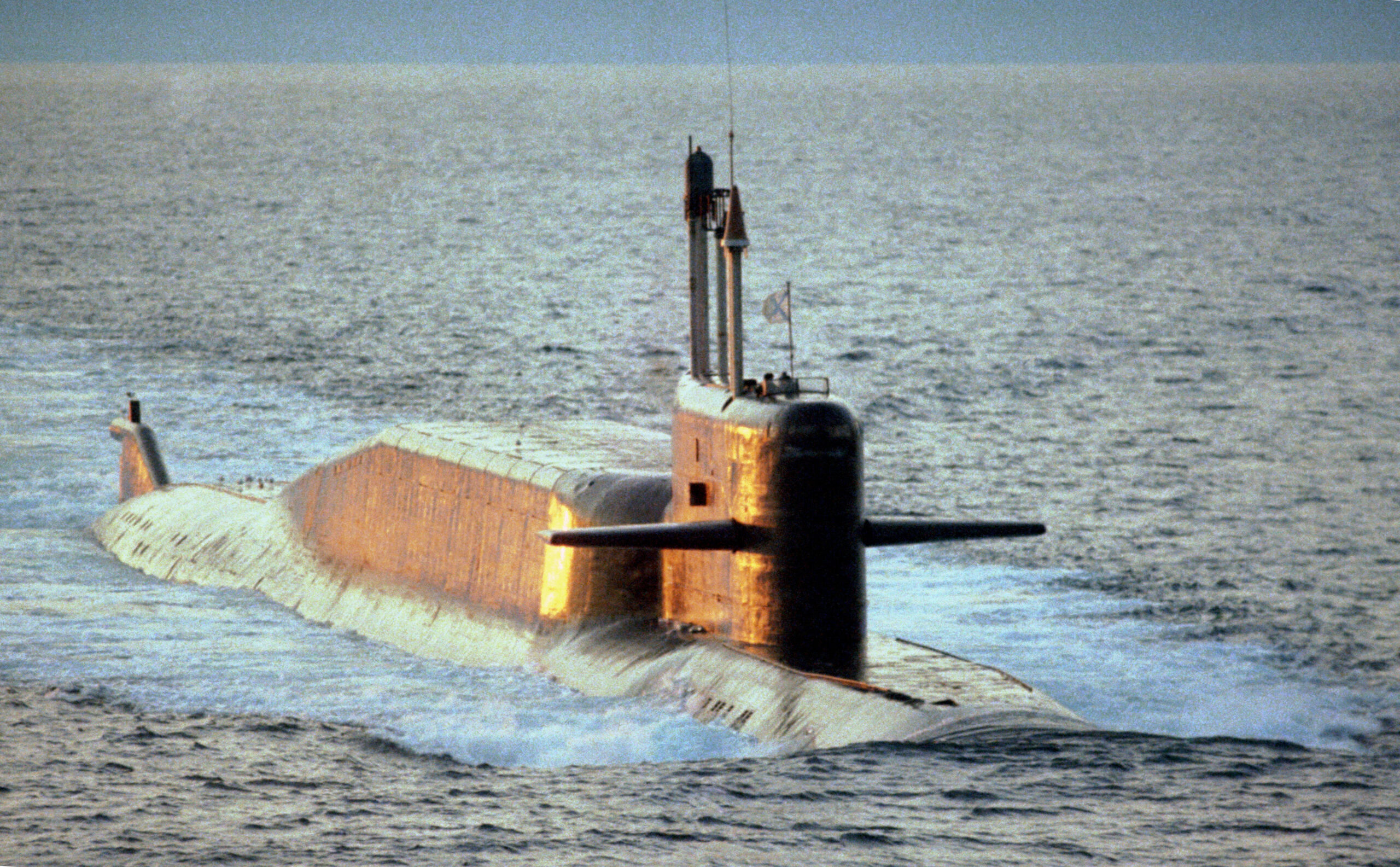
The Delta IV Class submarines were commissioned by Russia starting in 1989. Built by the Sevmash shipyard, these submarines played a vital role during the late Cold War period. Each Delta IV can host a crew of about 140 sailors. They are armed with 16 R-29RMU Sineva ballistic missiles, providing substantial nuclear capabilities. The Delta IV Class can dive to depths of up to 500 meters, highlighting their formidable construction. These submarines represent a blend of size and firepower, maintaining their strategic importance over decades.
Vanguard Class (United Kingdom)
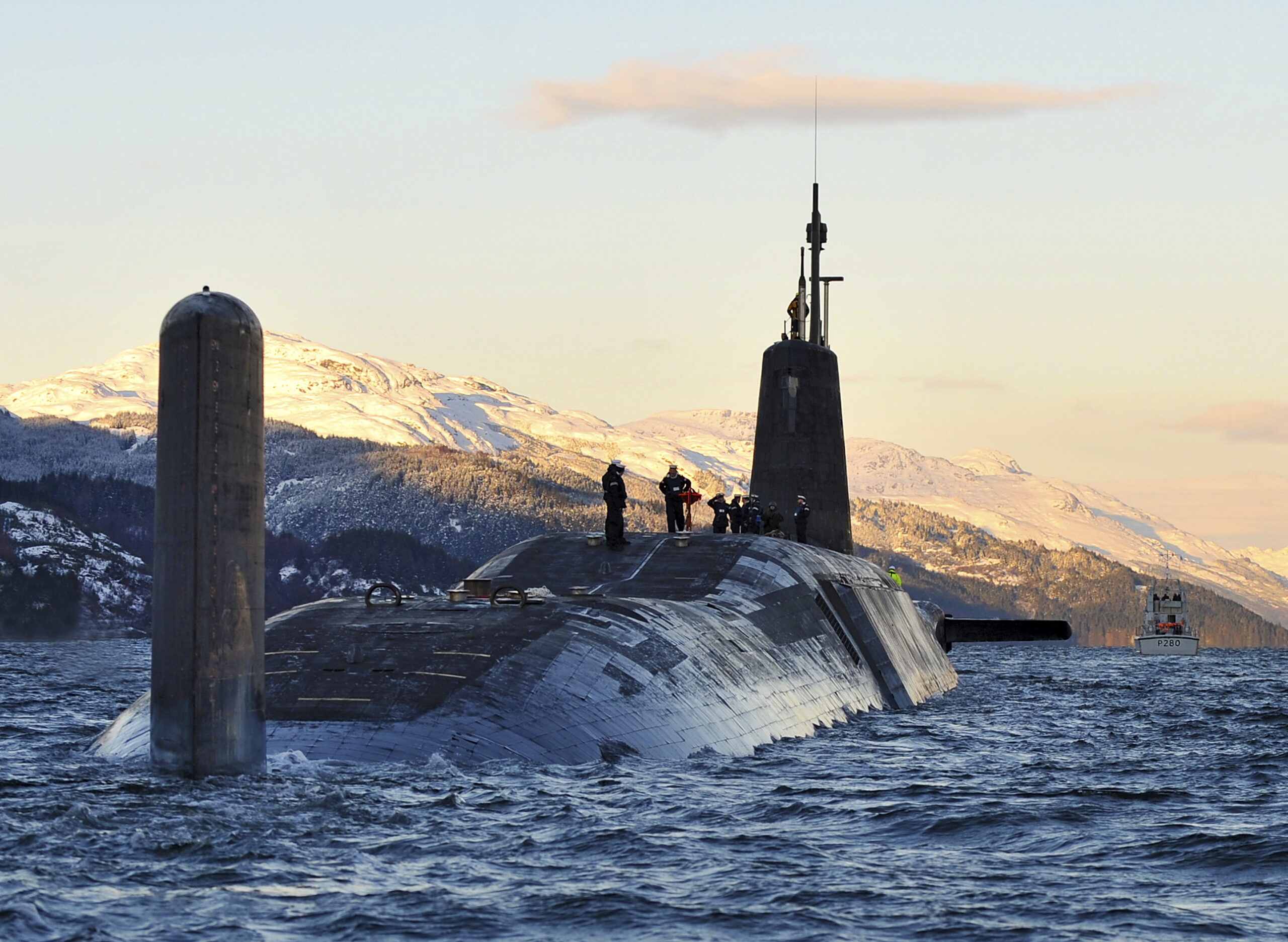
The Vanguard Class submarines were introduced by the United Kingdom in 1993. Designed by BAE Systems Submarines, these vessels are central to Britain’s nuclear deterrent. Each Vanguard submarine supports a crew of 155 personnel. They can carry up to 16 Trident II D5 ballistic missiles, ensuring a credible and reliable deterrent. The Vanguard Class can achieve depths of approximately 300 meters, reflecting their robust design. These submarines are integral to the UK’s national security, combining size with cutting-edge missile technology.
Columbia Class (United States)

The Columbia Class submarines are set to replace the Ohio Class starting in the early 2030s. Developed by General Dynamics Electric Boat, these submarines will enhance the United States’ nuclear deterrent for decades to come. Each Columbia Class submarine will accommodate a crew of around 155 members. They are designed to carry 16 Trident D5 ballistic missiles, continuing the legacy of their predecessors. The Columbia Class is expected to reach depths similar to the Ohio Class, ensuring operational consistency. These submarines represent the future of American naval power, blending size with advanced technological features.
Astute Class (United Kingdom)
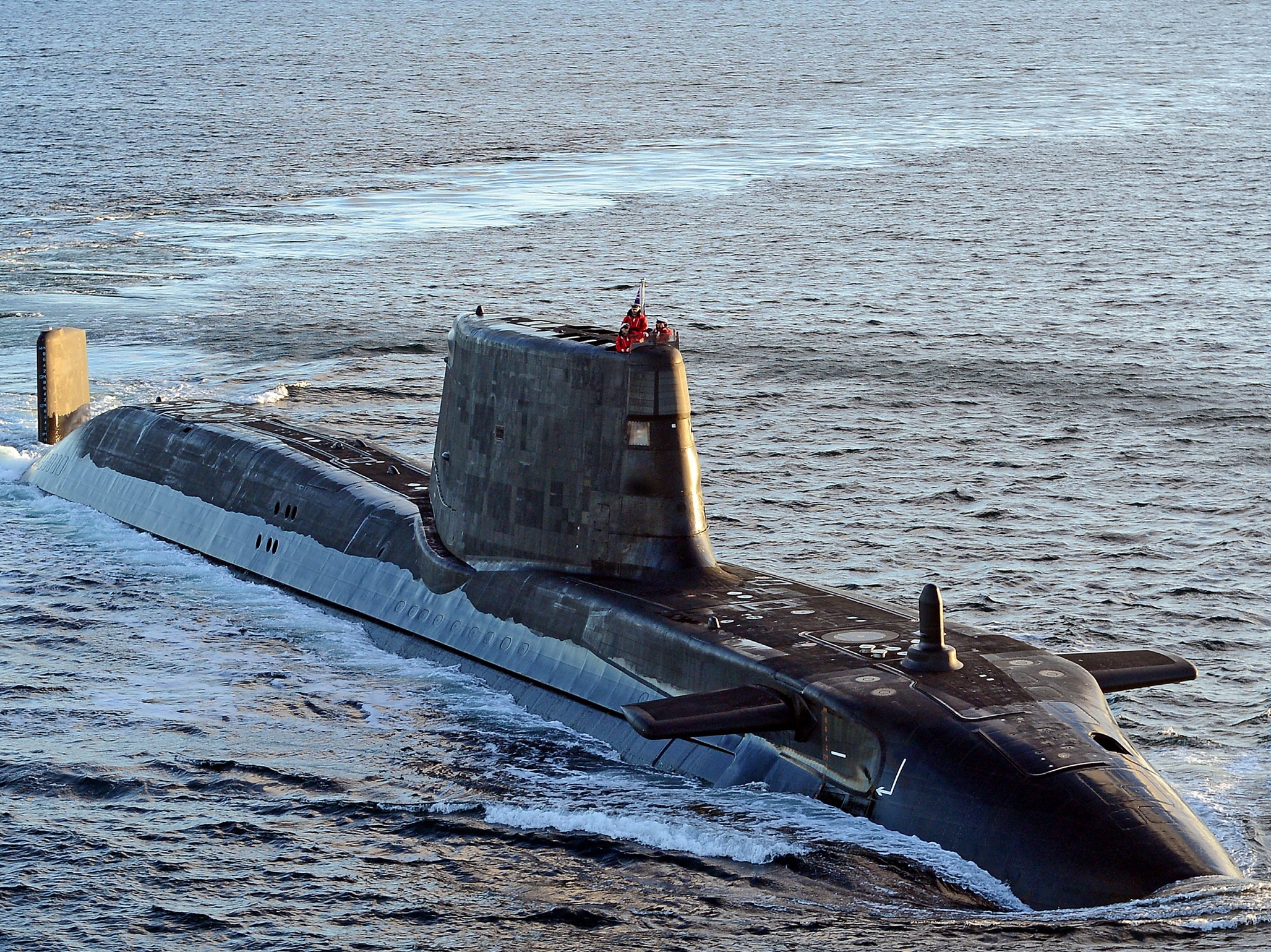
The Astute Class submarines entered service with the United Kingdom in 2010. Built by BAE Systems Submarines, these vessels are the largest and most advanced submarines in the Royal Navy. An Astute Class submarine houses a crew of approximately 98 sailors. They are equipped with a mix of torpedoes and Tomahawk cruise missiles, providing versatile combat capabilities. The Astute Class can dive to depths of around 300 meters, showcasing their sophisticated design. These submarines enhance the UK’s underwater warfare capabilities, combining size with modern weaponry and stealth.
Virginia Class (United States)
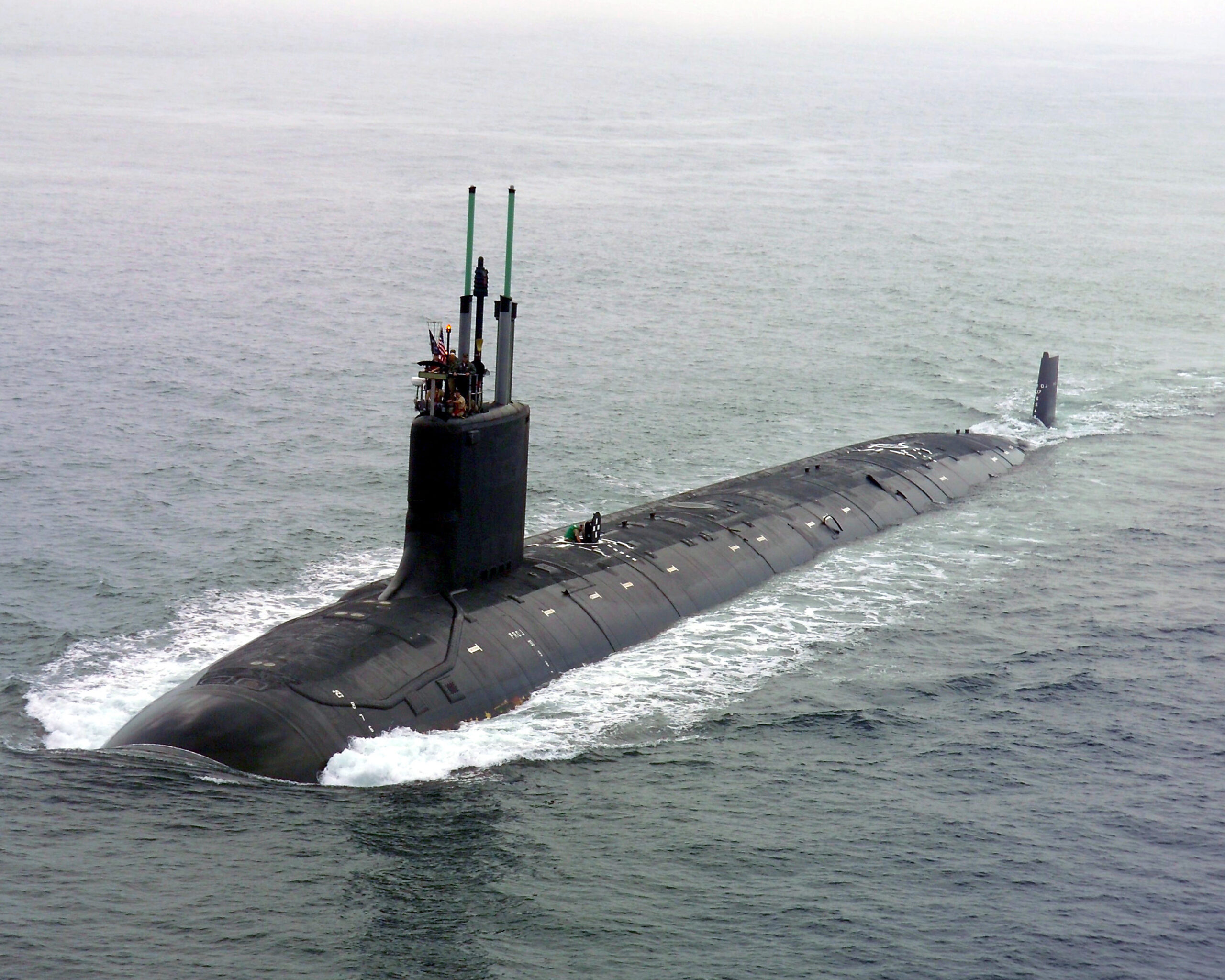
The Virginia Class submarines began service with the United States Navy in 2004. Developed by General Dynamics Electric Boat and Huntington Ingalls Industries, these submarines are designed for multi-mission versatility. Each Virginia Class submarine supports a crew of about 135 personnel. They can carry a variety of weapons, including Tomahawk missiles and advanced torpedoes, suitable for both offensive and defensive operations. The Virginia Class can dive to depths of up to 240 meters, balancing size with agility and stealth. These submarines are pivotal to U.S. naval strategy, offering a blend of size, technology, and operational flexibility.
This article originally appeared on Rarest.org.
More from Rarest.org
8 Oldest Wines in the World

Wines, like history, can age gracefully, and some bottles have withstood the test of time to become more than just beverages—they’re pieces of history. Read More.
15 Largest Animals in the World
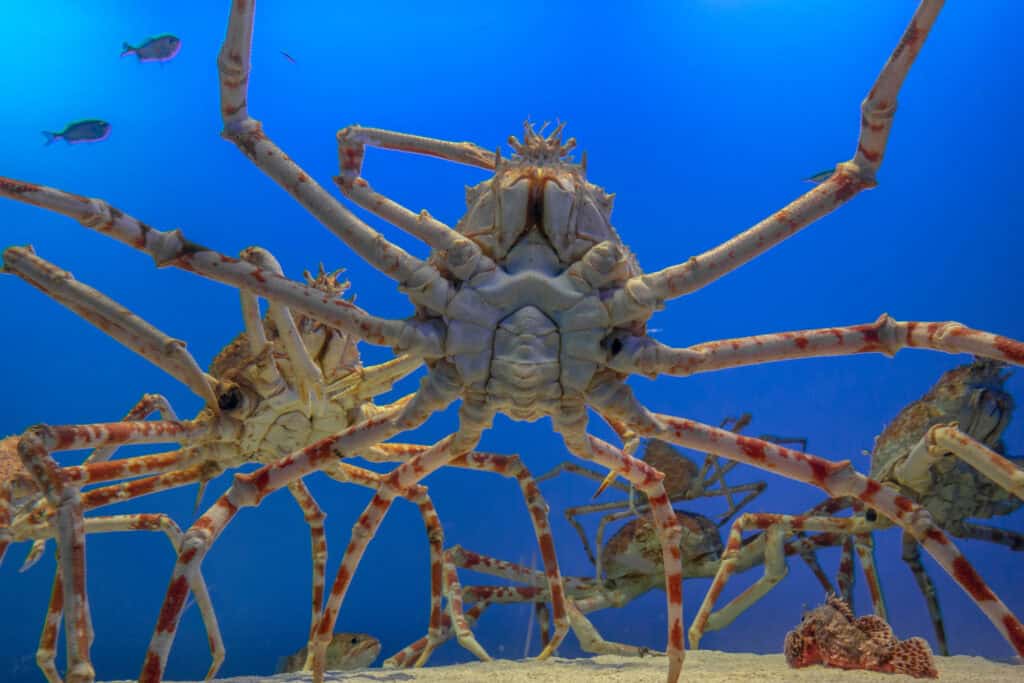
The animal kingdom is filled with incredible creatures of all shapes and sizes, but some stand out for their sheer enormity. Read More.
19 Majestic Trees Facing Extinction and How We Can Save Them

Majestic trees, some of the most iconic species on the planet, are now facing the threat of extinction. Read More.
